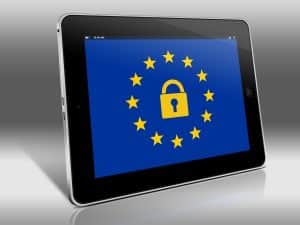Program Evolution How Loyalty Benefits Are Changing
The idea of loyalty programs has been around for decades, providing benefits and rewards to customers for their continued support of a particular brand or company. However, with the ever-evolving landscape of technology and changing consumer behaviors, the concept of loyalty benefits has also seen a significant transformation. Today, we will take a closer look at how loyalty programs have evolved and how the benefits are changing to better meet the needs of modern consumers.
The Traditional Loyalty Program
Traditionally, loyalty programs were mainly focused on rewarding customers for their purchases. Customers would earn points for each transaction and could later redeem those points for rewards such as discounts, free products, or exclusive access to events and promotions. While this system worked for many years, there were limitations to its effectiveness.
One of the primary shortcomings of traditional loyalty programs was the lack of personalization. Customers were given the same rewards regardless of their purchasing habits or preferences. This one-size-fits-all approach often resulted in customers feeling like their loyalty was not genuinely valued. Additionally, the delayed gratification of earning and redeeming points made the rewards seem less immediate and exciting.
The Evolution of Loyalty Programs
In recent years, there has been a push towards creating more personalized and relevant loyalty programs. Companies have started utilizing data and technology to gather insights about their customers’ behaviors and preferences. This valuable information allows them to design loyalty programs tailored to each customer, creating a more meaningful and engaging experience.
One significant trend in loyalty program evolution is the inclusion of experiential rewards. Instead of solely offering discounts or free products, companies are now offering unique experiences to their loyal customers. This could include early access to new products, behind-the-scenes tours, or VIP treatment at events. Such rewards not only provide a memorable experience but also foster a deeper connection between the customer and the brand.
The Growing Importance of Digital Loyalty Programs
In today’s digital age, more and more companies are turning to digital loyalty programs to engage their customers. These programs utilize mobile apps, online platforms, and social media to reach customers and offer a seamless redemption process. Digital loyalty programs offer several benefits, such as instant gratification, real-time tracking of points, and personalized offers and rewards. They also provide companies with valuable data about their customers’ behaviors, which can further improve the overall customer experience.
Another significant advantage of digital loyalty programs is the ability to integrate other aspects of a customer’s journey, such as social media engagement and online reviews. By tracking and rewarding customers for their interactions with the brand, companies can build a more comprehensive and holistic loyalty program that goes beyond just purchases.
The Shift to Emotional Loyalty
Perhaps the most significant change in loyalty programs is the shift towards emotional loyalty. Traditional loyalty programs focused on transactional loyalty, where customers felt a sense of obligation to continue purchasing from a brand to earn rewards. However, emotional loyalty is based on a customer’s emotional connection and trust with the brand. Companies are now focusing on building authentic relationships with their customers, creating a sense of belonging and community.
Emotional loyalty programs often go beyond rewards and benefits and involve initiatives such as charitable donations, social responsibility, and personalized communication. By making customers feel like they are part of something bigger, companies can foster a deeper sense of loyalty and advocacy for their brand.
Conclusion
Loyalty programs have come a long way since their inception, evolving to meet the changing needs and behaviors of modern consumers. As we have seen, the focus has shifted from simple rewards to creating personalized, engaging, and emotional loyalty programs. With the help of technology and data, companies are better equipped to build authentic relationships with their customers and foster long-term loyalty. As the business landscape continues to change, we can expect to see even more innovative and personal loyalty benefits in the future.









